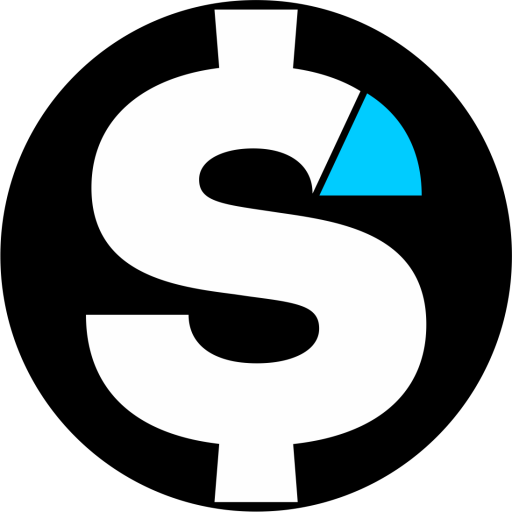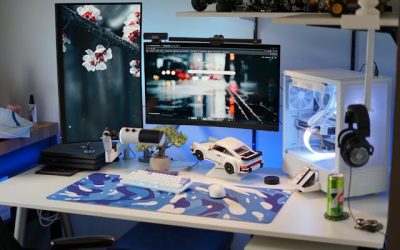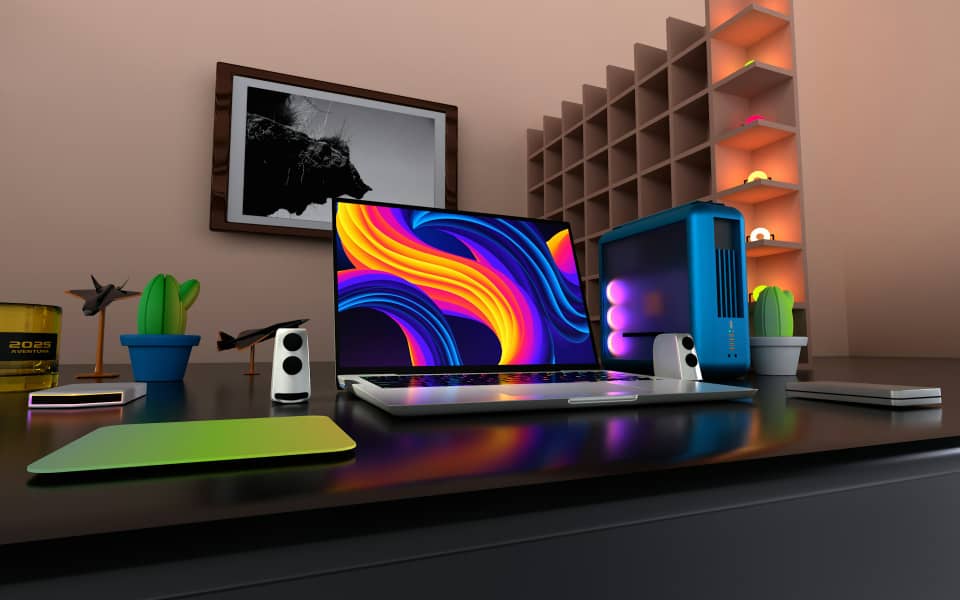How I Earned ₦700,000 from Side Projects as a Graphic Designer
 Image: Domenico Loia // Unsplash
Image: Domenico Loia // Unsplash
Most people think all my income comes from client work. The reality is that it’s not that stable. Some months, I have more projects than I can handle like logos, brand designs, full packages. Then suddenly, the next month, nothing. Sometimes, I’m busy creating. Other times, I’m chasing late payments or waiting for emails that never arrive. This is why I don’t just rely on clients
Depending only on clients is like standing on shaky ground. You never know when it will give way beneath you.
That’s why I built side projects. They may not be flashy, but they keep my lights on. They pay my bills and let me walk away from jobs I dislike. These projects are the quiet engines running in the background of my design career.
Selling Templates I Made for Myself
Selling What I’d Already Created
I never sat down and said, “I’m going to start a template business.” It happened because I was lazy in the best way. I made templates for myself: resumes, pitch decks, LinkedIn carousels, and mockups. Instead of starting from scratch each time, I reused my own files.
I maintained that same mindset. I began sharing study materials and project guides for students on 99scholar.com. I had already made these for myself or for teaching—notes, outlines, and project ideas. Instead of letting them gather digital dust, I listed them online. At first, the sales were tiny: $10 here, $20 there. But over time, those small payments stacked up. Some months, they covered my internet bills or even groceries. And the beauty of it? Once you upload the file, it keeps earning. No client revisions. No back-and-forth emails. Passive sales roll in.
Pricing is straightforward. Resume templates usually go for $10–$20. Social media kits sit around $15–$40. You can price full bundles like pitch decks at $50–$100. On 99Scholar, individual study guides cost around ₦3,000 to ₦5,000 ($5 to $10). They price larger project bundles between ₦15,000 and ₦30,000 ($25 to $50). It’s not flashy, but it’s consistent—and for work I’d already done anyway, that’s a win. The most interesting part is that people also hire me to write for them. So far, I have made more than ₦700k. To me that’s really encouraging. And I know I can make more if I invest more in the business.
Picking Up Small, Low-Stress Gigs

Not every project has to be a $5,000 rebrand. Sometimes I say yes to tiny jobs: a $20 logo refresh, a $250 web design. They’re fast, light, and fit easily into my week.
These little gigs don’t sound exciting, but they add up. A handful in a month can cover rent. They maintain my connection to new clients while preserving my energy. There’s less pressure, less drama, and I can knock them out between bigger projects.
I never wanted to be a “design guru.” Over the years, I learned tricks and I developed passion for it. I found shortcuts in Photoshop and CorelDRAW. I later became very good at what I do. Those were better ways to manage clients and faster workflows. When I started recording tutorials and writing simple guides, something clicked. People wanted this stuff.
Sharing What I Know
Sharing a tutorial on YouTube. Or selling a short course on Telegram benefits other designers can earn you money. YouTube ad revenue is small at first, $30–$100 a month, but it grows. A simple Telegram class can bring in a couple of hundred bucks a month once it gains traction. It’s not about getting rich; it’s about building another steady stream.
Letting My Old Designs Live Elsewhere
I used to keep old projects on my hard drive. These included unused logos, background textures, patterns, and random vector files. Now, I upload them to print-on-demand and stock platforms. A t-shirt design here, a poster there. Someone buys them, and I get a cut.
Is it huge money? No. But that forgotten illustration I drew two years ago now buys me good stuff every month. Multiply that by dozens of uploads, and you’ll have a steady stream of income.
Posting Without Overthinking
For a while, I saw social media as a second job. I focused on polished grids, curated content, and perfect case studies. It burned me out. I started sharing unfinished sketches, quick mockups, and small experiments. I didn’t use a formal approach.
Funny enough, that’s when new clients started reaching out. They didn’t care about the polished portfolio; they liked the raw posts. Those quick shares have led to collaborations, referrals, and gigs I never saw coming.
And…
None of these side projects made me rich overnight. But together, they give me breathing room. They let me say no to nightmare clients. They cover my bills when projects dry up. They’re the safety net under my design career.
If you’re a designer, don’t wait for the perfect client pipeline. Build your own backup streams. Even small ones like a $10 template sale add up. The real win isn’t just money. It’s freedom.














